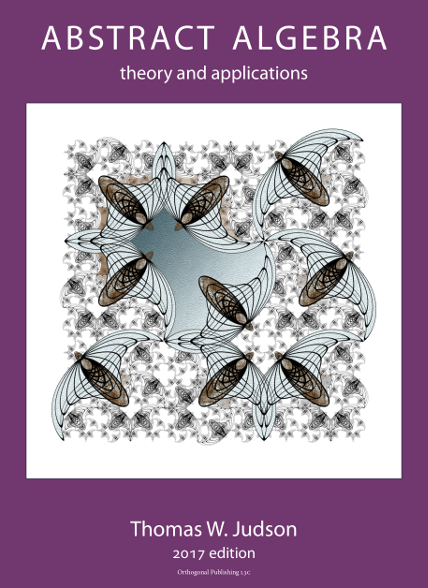Subsection1.3Annotating Your Work
It is easy to comment on your work when you use the Sage Notebook. (The following only applies if you are reading this within a Sage Notebook. If you are not, then perhaps you can go open up a worksheet in the Sage Notebook and experiment there.) You can open up a small word-processor by hovering your mouse until you get a skinny blue bar again, but now when you click, also hold the SHIFT key at the same time. Experiment with fonts, colors, bullet lists, etc and then click the “Save changes” button to exit. Double-click on your text if you need to go back and edit it later.
Open the word-processor again to create a new bit of text (maybe next to the empty compute cell just below). Type all of the following exactly,
Pythagorean Theorem: $c^2=a^2+b^2$and save your changes. The symbols between the dollar signs are written according to the mathematical typesetting language known as TeX — cruise the internet to learn more about this very popular tool. (Well, it is extremely popular among mathematicians and physical scientists.)
